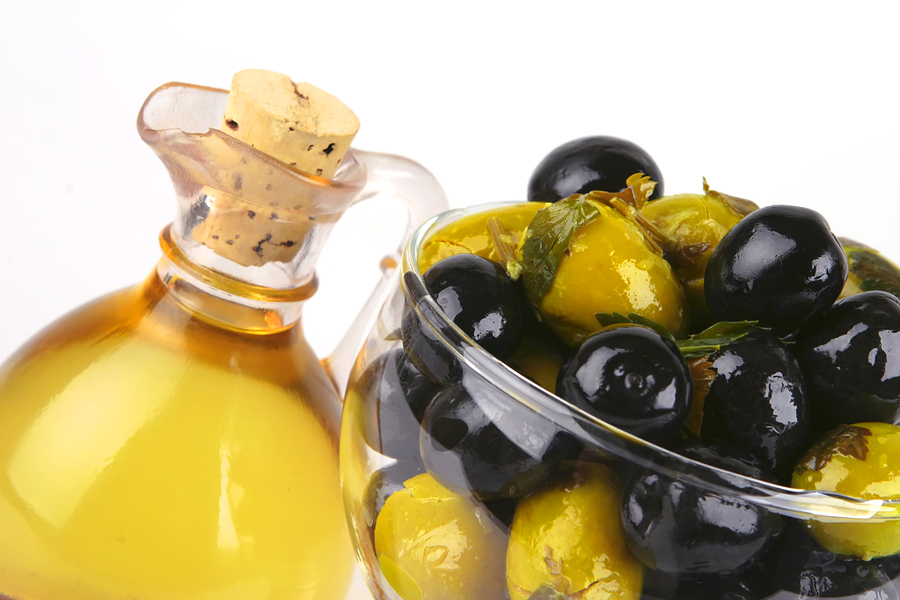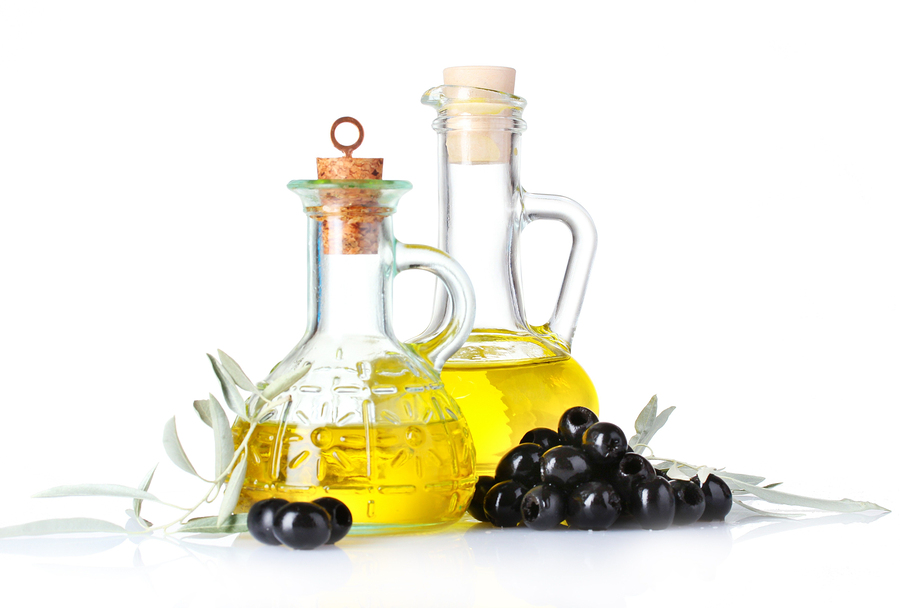- Make It Yourself Lavender Heart-Shaped Bath Bombs!
- 20 Things You Never Knew About “Down There”
- 12 Best Foods For Those Suffering From Arthritis Pain
- 12 Personal Hygiene Mistakes Almost Everyone Makes (Mom Never Told You About #4!)
- 15 Medicinal Plants And Herbs From The Cherokee People
- 12 Mind-Blowing Benefits Of Drinking Coconut Water During Pregnancy
- 12 Outstanding Winter Foods That Won’t Fatten You Up Like A Christmas Turkey
How Can You Tell If Your Olive Oil Is Fake?

Photo credit: bigstock.com
No matter what type of diet plan you follow, olive oil has proven to be a solid choice when it comes to the fat content you choose. Food programs such as the Mediterranean Diet are responsible for emphasizing the use of olive oil to cook with as well as to dress your salad. In 1980, the United States was using just under 30 metric tons of olive oil. In 2015, that number rose to 327 metric tons.
While there is no doubt that olive oil has become more popular, it just means that there are more people involved who are seeking to make a buck by offering fake products. Taking advantage of the fact that people are trying to eat better just means you have to be informed so you know you are buying the real thing. If you think you are treating your body good by using pure olive oil and you have inadvertently bought an inferior product, you are wasting your time and you could even be putting your health at risk.
It has been discovered that much of the olive oil that is on the market today has some additional additives in it, whether it is peanut oil or sunflower oil. There is very little accountability when it comes to making sure that the labeling is accurate. It has been determined that up to 90 percent of the olive oil that is sold in the United States is adulterated and not pure olive oil. So how do you know if you have purchased the fake olive oil? Keep reading!
Continue to Page 2

Photo credit: bigstock.com
How to tell if your olive oil is fake?
1. Only buy olive oil that is sold in dark bottles. Clear or light-colored glass bottles do not protect the oil from oxidizing. Once you get your olive oil make sure that you store it in a dark place.
2. Check to see what the harvesting date was on the label. Always try to avoid buying any product that is more than two years old.
3. Don’t bother buying a blend or a light version of olive oil. Only virgin olive oil will be a quality product.
4. Realize that you are going to get what you pay for. If the price of the extra virgin olive oil is less than $10 for a liter, chances are you’re not getting the real thing.
5. If it is authentic, it should have a seal on the bottle. Here are some of the organizations you should look for:
-
- The International Olive Oil Council.
- Denominazione d’Origine Protette from Italy
- The California Olive Oil Council
- Appellation d’Origine Controlee from France
- Denomination of Origin throughout Europe
Continue to Page 3

Photo credit: bigstock.com
6. Besides being fake, make sure that your olive oil hasn’t gone rancid. Try to find a place that will let you taste the olive oil before you buy it.
KEEP READING: How To Use Olive Oil As Medicine
The best thing you can do is to buy your olive oil from a reputable place. More and more places that sell only organic and natural products are popping up. If you can find a store that only sells high-quality products, you may be able to actually try the olive oil. Real extra virgin olive oil is not bland, it has a nutty taste as well as the taste of real olives.
Your best bet is to buy a smaller quantity of olive oil. You don’t want to buy the real deal and then find out it went rancid because you had it for too long. You are better off finding a small family run business that you can trust. Just because it is a big national company doesn’t mean it hasn’t been diluted in order to make a higher profit.
































